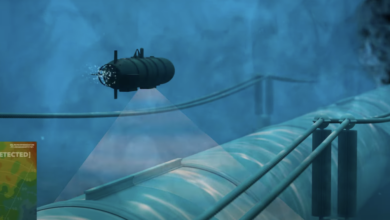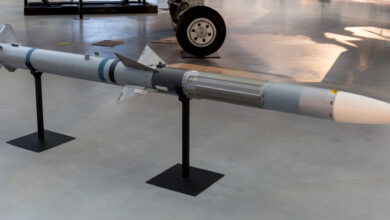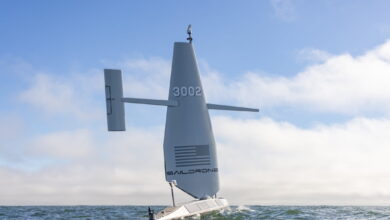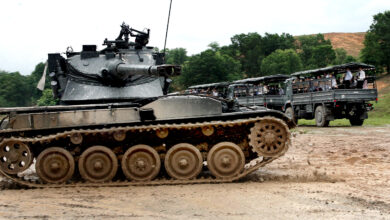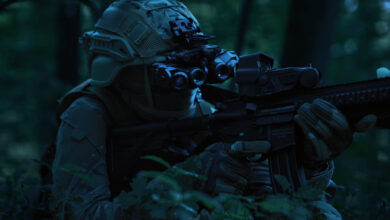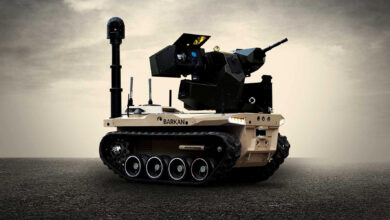Australian Firm Developing Tech to Evacuate Injured Soldiers
Australian robotics firm Chironix is developing a technology to safely and autonomously evacuate injured soldiers from the battlefield to a hospital or other safe zone.
Contracted by the US Navy, the company will utilize autonomous robotic solutions to program equipment that can withstand complex outdoor environments and reduce human intervention in recovering casualties.
According to Chironix founder and chief executive Daniel Milford, the new tech will support the armed forces “in saving the lives of those who might otherwise put themselves in harm’s way.” It will also work alongside troops to reduce time, energy, and potential risks in performing crucial tasks not ideally done by humans.
“That’s the ultimate goal of autonomous robotics – not to replace human capabilities, but to support and work alongside us in the endeavor to achieve greater things,” he said in a press release.
In addition to autonomously transporting injured soldiers, the new equipment is capable of delivering and offloading supplies from military bases.
‘Saving More American Lives’
Milford believes that the tech’s ability to operate autonomously in challenging outdoor environments will increase the speed and number of soldiers that can receive emergency medical care on the battlefield. It would also provide more supplies to troops deployed in difficult terrain.
“Our technology allows these autonomous vehicles to operate this loop with very low levels of human input, where they can traverse unmapped areas like forest, bush or mountainous environments, to deliver crucial supplies and evacuate personnel,” he remarked.
The company is now constructing the brain of the robot to allow it to successfully navigate from a certain location to injured soldiers.
With the new contract, Chironix hopes to develop a robotic platform that can travel longer distances to ensure that casualties are safe from gunfire and explosives.
The company is also working to enable the robot to provide a safer, smoother journey for casualties by creating a stretcher that keeps the injured person stable, reducing the risk of aggravating injuries.




